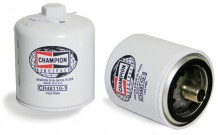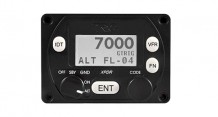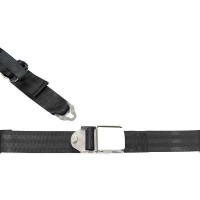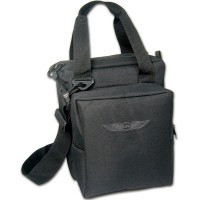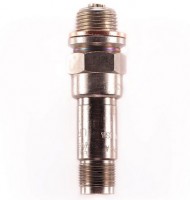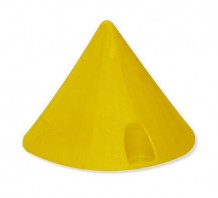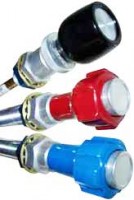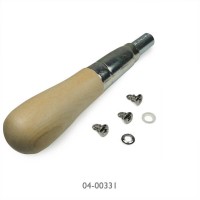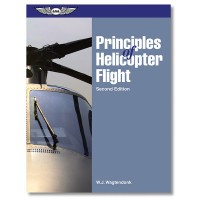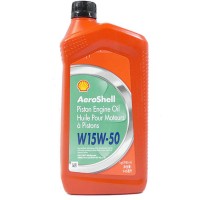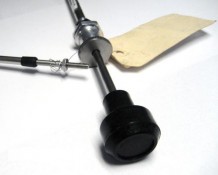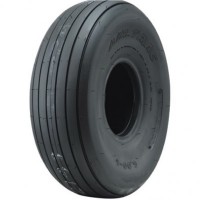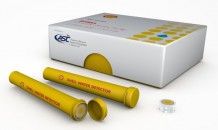SAME DAY SHIPPING ON ORDERS PLACED BY 4 PM | 877-4-SPRUCE
ASA Conventional Gear
Select Format:
eBook EBeBook PDOverview
|
Many vintage airplanes, aerobatic planes, cropdusters, and ultralights are taildraggers, which means there are a large number of pilots who need to learn these particular skills and techniques. Written in plain language with many clear illustrations to explain the dynamics and techniques, Conventional Gear provides a thorough foundation of knowledge for the pilot seeking a tailwheel endorsement. It presents the combined experience of thousands of flight hours by civilian and military pilots who grew up flying airplanes with conventional gear.
The original configuration of an airplane’s landing gear was tail wheel. Only during World War II did the nose wheel become common, when longer runways were required for takeoff with heavy loads. After the war, the tricycle landing gear layout became standard, but the traditional arrangement has always been known as “conventional” gear. The tail wheel configuration is lighter, simpler and offers less drag. It is also better for rough-field operations. Therefore many crop dusters, aerobatic airplanes and ultralights are taildraggers. However, conventional gear does introduce more demands on the pilot, especially during takeoff and landing, and in strong winds. A taildragger is more difficult to operate on the ground because the center of gravity is behind the main wheels; it therefore tends to deviate from a straight path during taxi, takeoff and landing. Because taildraggers demand more piloting skill, flying one well is a sign of a good pilot. If you want to fly a warbird, antique or a modern airplane with conventional gear, this book tells you how in a simple, clearly illustrated manner. It begins with the theory and dynamics of a tail wheel airplane, then describes the piloting techniques needed to safely fly a taildragger. The book concludes with a fascinating collection of stories about what it is like to fly some of the common and not so common airplanes with conventional gear...stories by old hands that otherwise could only be found in a good session of hangar flying. |
WARNING: Cancer and Reproductive Harm - www.P65Warnings.ca.gov. |
Author Details
- David Robson (1944-2023) was a career aviator having been nurtured on balsa wood, dope (the legal kind) and tissue paper. He made his first solo flight shortly after his seventeenth birthday, having made his first parachute jump just after his sixteenth. His first job was as a junior draftsman (they weren’t persons in those days) at the Commonwealth Aircraft Corporation in Melbourne, Australia. At that time he was also learning to fly de Havilland Chipmunks with the Royal Victorial Aero Club.
- He joined the Royal Australian Air Force in 1965 and served for twenty-one years as a fighter pilot and test pilot. He flew over 1,000 hours on Mirages and 500 on Sabres (F-86). He completed the Empire Test Pilots’ course in England in 1972, flying everything from gliders to Lightning fighters and Argosy transport aircraft. He completed a tour in Vietnam as a forward air controller flying the USAF O-2A (Oscar Deuce). In 1972 he was a member of the Mirage formation aerobatic team, the Deltas, which celebrated the RAAF’s 50th anniversary.
- After retiring from the Air Force he became a civilian instructor and lecturer and spent over ten years with the Australian Aviation College, a specialized international school for airline cadet pilots. During 1986-88 he was the editor of the national safety magazine, the Aviation Safety Digest, which won the Flight Safety Foundation’s international award. He was awarded the Australian Safety Foundation’s Certificate for Air Safety.
- David held an ATP license and instructor’s rating. His particular ambition was to see the standard of flight and ground instruction improved and for aviation instruction to be recognized as a career and be adequately rewarded.
Documents
Q&A
Please note, Aircraft Spruce's personnel are not certified aircraft mechanics and can only provide general support and ideas, which should not be relied upon or implemented in lieu of consulting an A&P or other qualified technician. Aircraft Spruce assumes no responsibility or liability for any issue or problem which may arise from any repair, modification or other work done from this knowledge base. Any product eligibility information provided here is based on general application guides and we recommend always referring to your specific aircraft parts manual, the parts manufacturer or consulting with a qualified mechanic.








 FREE Shipping
FREE Shipping
